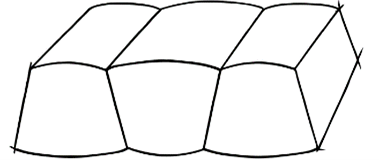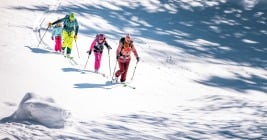.jpg)
In 1981, Rab Carrington made his first sleeping bag in the attic of a small house in the north of England. He sewed his pieces and designed them with ingenuity. His years of mountaineering experience were evident in his designs, and soon he was faced with a growing demand from friends and the climbing and mountaineering community. Today, his designs can be found all over the world, from high Himalayan peaks to cold nights with friends around a campfire.
Rab products have always been at the cutting edge of insulation innovation. In fact, the brand has demonstrated absolute mastery in the manufacture of its products, using down in a variety of ways to best suit your needs and sporting activities.
-
What is down? What is it used for?
-
What is the loft of down?
-
What characteristics should I bear in mind when comparing different jackets?
-
One sporting activity = One type of down jacket!
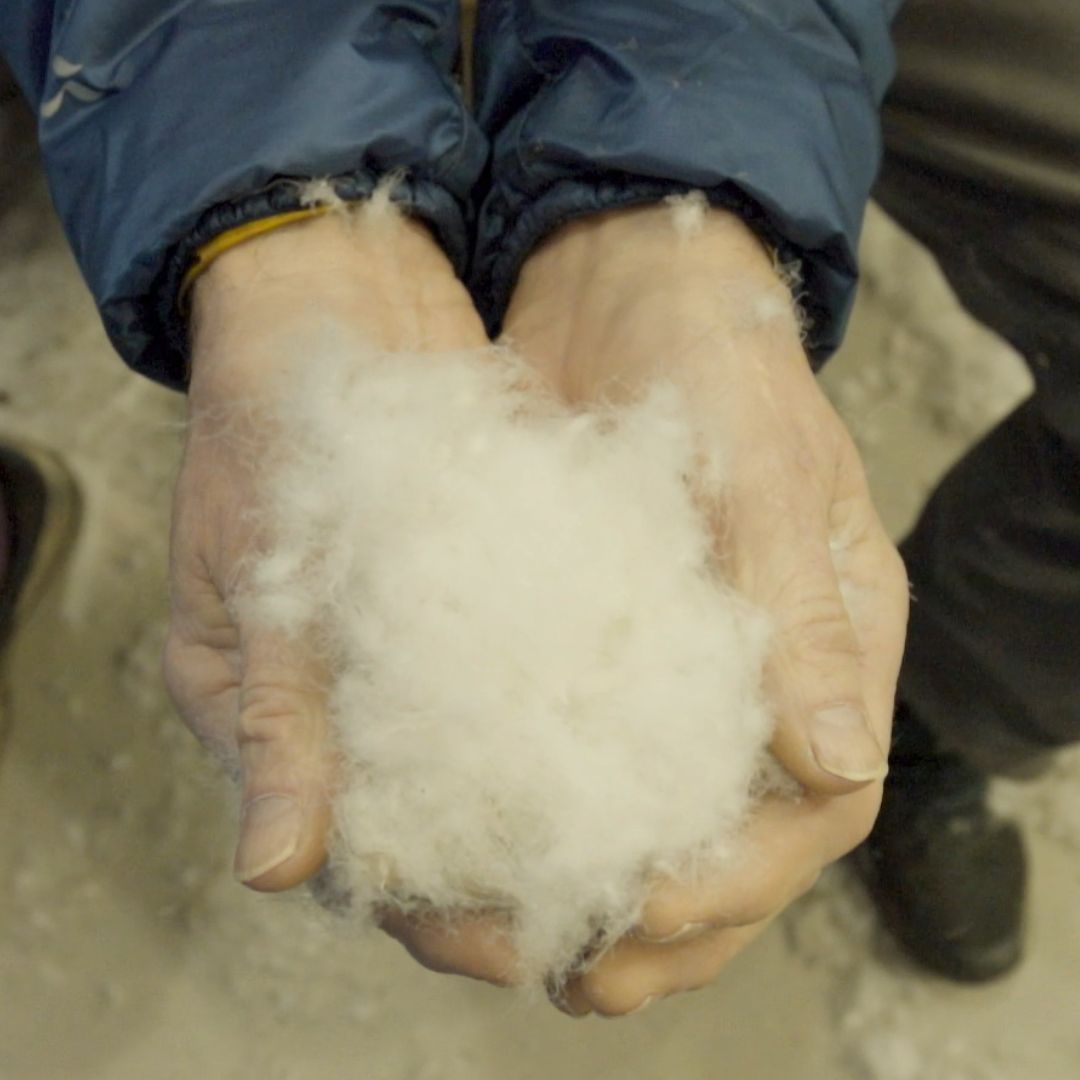 |
Why use down? What's the best thermal insulator in the world? Well, it's...air!
Once trapped, it creates an incredible thermal barrier. What does this have to do with down? Down is the feather closest to a bird's body, with very fine, light fibers capable of trapping countless air bubbles! It's the ideal material for designing incredibly light and easily compressible products, perfect for climbers and mountaineers looking for the least possible weight in their equipment when out on the mountains.
|
-
Lightweight and warm, but don't like water!
.jpg)
-
What about synthetic or down?
|
|
As we explained above, feather down remains the warmest insulation. But in some cases, synthetic insulation may be a wiser choice. |
|
|
-
Duck or goose down?
It's no coincidence that Rab carefully selects the right type of down for each jacket. Indeed, the down of different birds has different characteristics: while goose down is more qualitative (better warmth/weight ratio, more compressible), it will be too warm for a jacket worn every day. Duck is therefore more versatile. On the other hand, goose remains the best choice if you're looking for insulation for extreme-cold environments such as polar expeditions or very high altitudes.
-
"Responsible Down Standard
 |
With the growing popularity of down and its massive use in textile manufacture, it has become essential to establish an international, independent and voluntary standard to ensure that animals are not mistreated and evolve in a healthy and natural environment, without suffering. This is why the down used by Rab is R.D.S. certified, and comes from environments where animal welfare is respected. |
-
Down recyclé♻️
Since 2021, Rab has been implementing a whole process for recovering used and end-of-life down (old jackets, sleeping bags, pillows, comforters...). After being sterilized, treated and sorted by quality, the down can be used for new technical products. It has the same properties as virgin down, and uses fewer new raw materials, helping to reduce our impact on the environment. Rab is also a brand with strong ecological values.
-
Down fill power
The quality of down is determined by its loft. This represents the size of the tufts of down, i.e. the total quantity of air it can trap in relation to its weight.
 |
Duck down. Ideal for an everyday winter jacket. | |
 |
Goose down. Used in Microlight and Microlight Alpine jackets, with a perfect warmth-to-weight ratio for a lightweight, compact down jacket. | 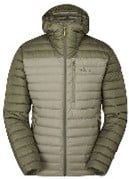  |
 |
Goose down. Used in technical mountain jackets. |   |
 |
Goose down. Used for extreme cold conditions on high mountain expeditions. |   |
 |
Goose down. Top-quality down with an unrivalled warmth-to-weight ratio. The very best of Rab's down expertise. | 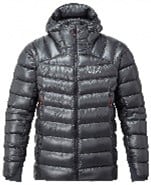 |
DID YOU KNOW?
 |
The warmth-to-weight ratio is important in determining the warmth of your jacket. An everyday jacket can contain a large amount of down with a fairly low loft, since it doesn't have to be light and too warm. On the other hand, if you're a climber or mountaineer, a jacket with less down but high loft can be very interesting, offering an excellent warmth-to-weight ratio. |
-
Features and construction
|
Through seams
|
Box" type
|
|
The outer fabric is sewn directly onto the inner fabric to create the down compartments. This technique minimizes the amount of fabric used and sewing required. The result is an extremely lightweight , compressible down jacket. The disadvantage of this technique is that the down has less room to expand, so the level of thermal insulation is lower. |
This process is more advantageous from an insulation point of view. The down compartments are assembled in "boxes" without being stitched at the edges. The down is distributed more evenly over the body, effectively reducing cold zones. This is the best solution for extreme cold. However, the added material increases weight and makes the garment much less compact. |
-
Buying a down jacket according to your activity
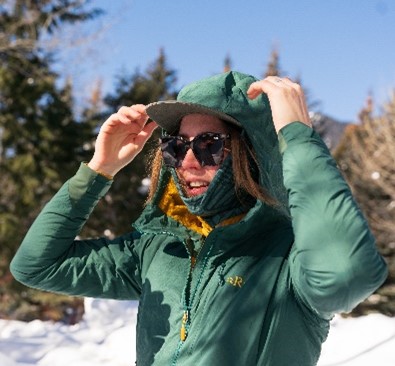 |
For everyday use, choose a down jacket made from duck down and durable outer materials. Above all, it's designed to be stylish and comfortable on cold winter days. You can also opt for synthetic insulation for a more affordable budget and simplified maintenance. Your jacket will follow you everywhere, and is compatible with layering for your mountain outings. |
 |
For mountaineering and hiking, choose a lightweight, compressible garment. With high-quality goose down to cope with harsh winter conditions. Your jacket will accompany you on long trips without taking up space in your bag! |
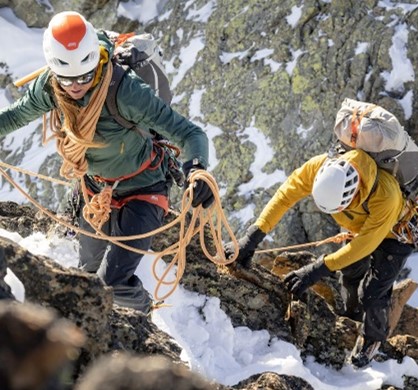 |
For climbing and mountaineering, you'll need a technical down jacket with goose down, high loft but light filling and therefore low weight. Positron or Infinity Alpine jackets are ideal for high altitudes, offering maximum warmth and durability. This means you'll be able to get around the mountains more quickly. |
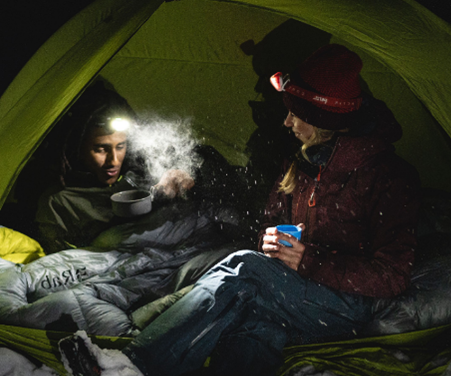 |
For expedition, polar or over 6000m, you need a solid, reliable and extremely warm jacket. It will enable you to cope with extreme and hostile climatic conditions. These jackets feature "box" construction to provide maximum warmth and reduce cold zones. They also feature waterproof and windproof outer fabrics for maximum protection. |

_1.jpg)



